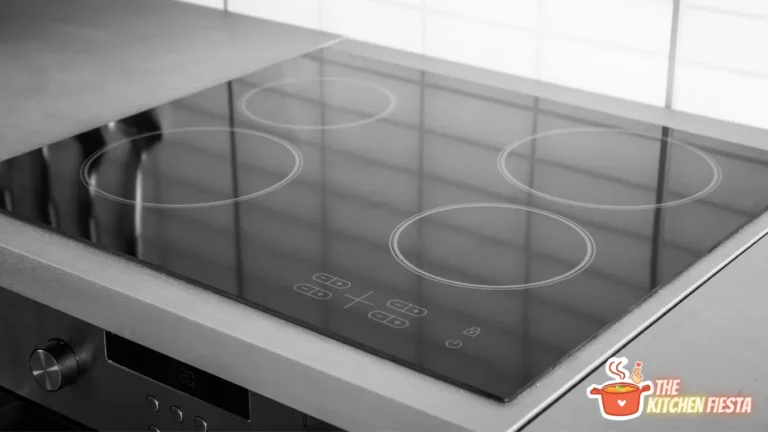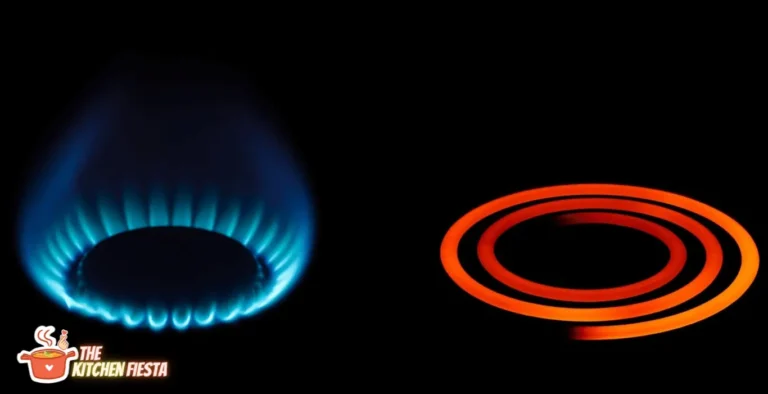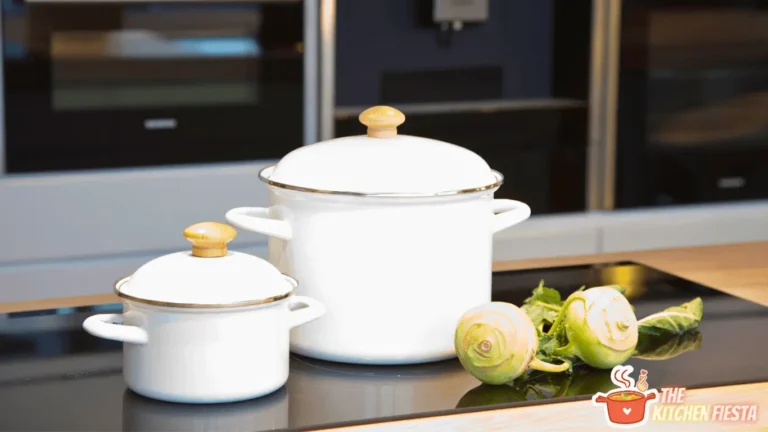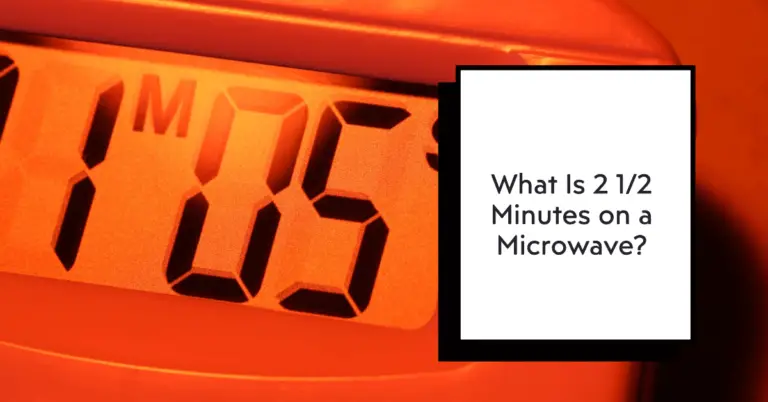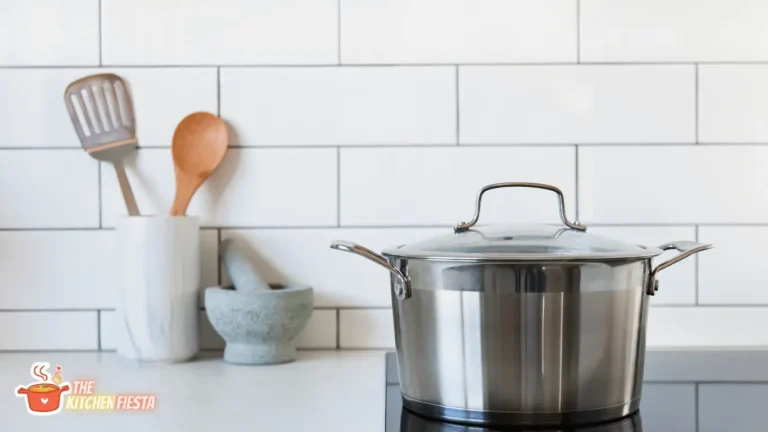Are Gas Cookers Better Than Electric? A Detailed Comparison
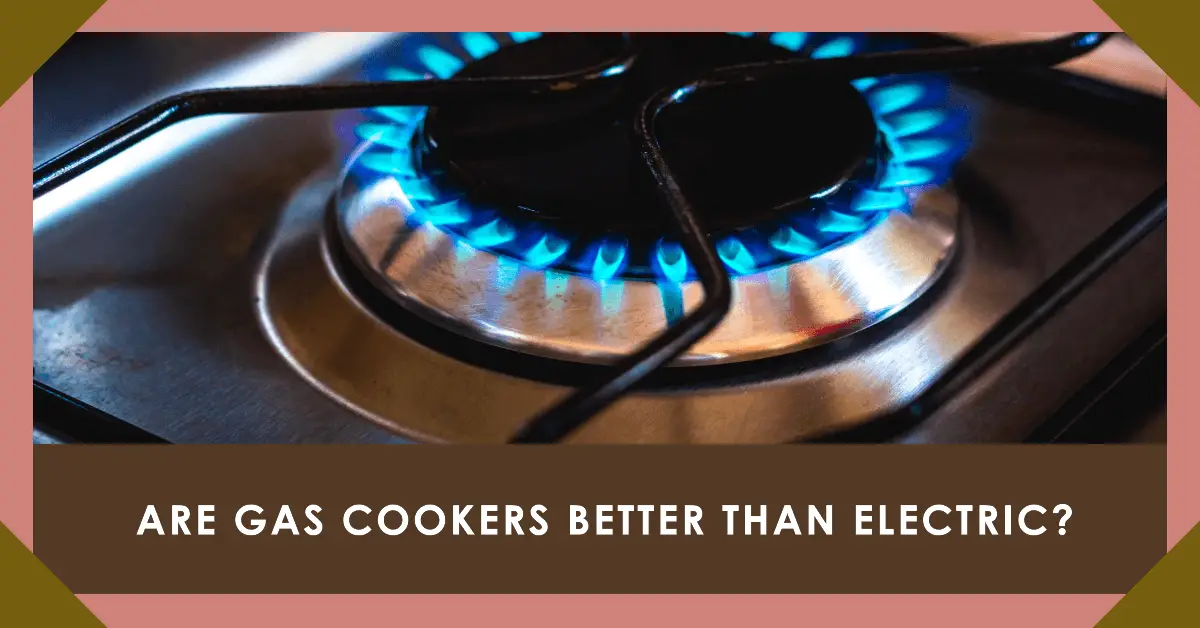
When it comes to stoves, the big debate is gas vs. electric. Gas stoves have been around for decades and many cooks swear by them. But modern electric stoves have improved a lot. So which type of stove is really better for cooking?
A Quick Answer
Gas stoves do have some real advantages for performance and responsiveness. But electric stoves also have their perks and can still get the job done for most home cooking.
This detailed comparison looks at how gas and electric stoves differ in their design, heat delivery, temperature control, safety, cost, ease of use, and more. We’ll also provide tips on choosing the right cooker for your kitchen and cooking needs.
How Do Gas and Electric Stoves Work?
Gas and electric stoves generate heat in very different ways, which impacts their cooking capabilities.
Electric Stove Operation
Electric stoves use metal heating elements that get hot when electricity passes through them. These flat spiral burners are called “coils” and are located under the cooktop surface.
Electric ovens also have an electric heating element that gets red hot along with a fan that circulates hot air to evenly bake foods placed on the racks.
Gas Stove Operation
Gas stoves have gas burners that produce a controlled flame fueled by natural gas. The burners heat up pots and pans placed over them much like on a campfire but regulated for cooking precision.
Gas ovens utilize a gas burner at the bottom that heats the air and a fan to distribute it around food inserted into racks. This provides even exposure to the hot air.
Temperature Control and Responsiveness
One of the key factors when cooking is having proper temperature control. How quickly and accurately can you adjust the amount of heat going into a dish?
Gas Offers More Control
Gas burners provide a very responsive and direct way to control cooking temperatures. You get immediate adjustment by simply turning the dial that regulates the flame size.
The open flame heats the pan directly, allowing you to precisely control the amount of heat. This lets you do delicate simmering or high heat searing with precision.
Electric Can Be Less Responsive
Electric cooktops don’t offer as much real-time control over the cooking temperature. The heating elements take time to heat up and cool down as they cycle on and off.
You’ll need to wait for an electric burner to get hotter or cooler based on the setting you choose. The indirect heat transfer through the pan bottom also contributes to less responsiveness.
Advantage: Gas
Gas stove tops provide a more controllable cooking experience especially for techniques requiring careful temperature adjustments. The instant control of the flame size leads to better responsiveness.
Heating Power and Speed
Related to temperature control is the raw heating capability of gas and electric stoves. How quickly and how hot can they get?
Gas Seals the Deal on High-Heat Cooking
The open flames of gas burners can provide extremely high heat when turned to the max setting. This makes techniques like searing meats, charring veggies, stir frying, and boiling water very fast.
Professional restaurant kitchens rely on powerful gas burners to achieve the highest cooking temperatures. Gas stoves allow home cooks to get closer to commercial heat output.
Electric Has Limits on Heat Levels
Standard electric coil burners don’t get as hot as their gas counterparts at maximum settings. This can make high heat cooking like getting the best sear on a steak tricky on an electric stove.
However, induction cooktops have changed the game and allow electric stoves to rival gas for heating power. But they need special induction-ready cookware to work.
Faster Boiling With Gas
When it comes to bringing water to a boil, gas also has the edge. The direct and immediate heat it applies to pots gets the job done quicker. This makes gas better for pasta, veggies, and any recipes needing boiling water fast.
Advantage: Gas
With their unbridled heating capacity, gas stoves simply provide more cooking power and quicker heating whether boiling water or searing steaks. They reach higher peak temperatures than regular electric.
Simmering and Precise Low-Heat Cooking
High heat is crucial for many cooking techniques. But so is low gentle heat for simmering sauces, melting chocolate, and more. Which allows better control of delicate cooking?
Gas Excels at Low Temps Too
A core advantage of gas is the variable flame size and rapid temperature adjustments. This lets you achieve a true gentle simmer that delicately cooks sauces or keeps food warm without scorching.
Gas burners give you clear low heat and high heat zones. You can melt chocolate on one while searing a steak on the other. This spectrum of cooking control is hard to match.
Electric Can Struggle with Simmering
Electric cooktops don’t isolate their heating elements as well at low settings. This makes it tricky to maintain gentle simmering temperatures without food burning.
The electric burner retains ambient heat that continues cooking the bottom of the pan even if turned down. Cooling takes longer compared to gas where you reduce the flame immediately.
Advantage: Gas
Gas stoves offer unrivaled finesse for low gentle simmering thanks to completely adjustable flames. Their dynamic range lets you precisely dial in any temperature for delicate cooking needs.
Cookware Compatibility
The types of pots and pans you use can make a difference in stove performance. Gas and electric have different ideal cookware.
Gas Needs Full Contact with Grates
Gas burners rely on the flame fully contacting the entire bottom of cookware to transfer heat efficiently. So flat pans and pots work best.
A wobbly pan with an uneven bottom won’t get solid contact and will be prone to hot spots over the stove grates. This can lead to uneven cooking.
Electric Works with Any Cookware
Since electric burners heat the pan indirectly through the cooktop, they don’t require perfectly flat bottoms. Any pan or pot will get heated evenly across the bottom.
So you don’t have to be as picky about your cookware with an electric stove. It accommodates pans with slightly warped or uneven bottoms well.
Advantage: Electric
You have more flexibility with cookware using an electric stove. Gas requires very flat stable pans to get the best cooking performance.
Oven Baking Performance
For oven cooking like baking cakes, roasting meats and more, gas and electric are quite close in performance nowadays.
Gas Offers Moist Gentle Baking
The way gas ovens utilize a burner at the bottom provides very even but gentle heat distribution through convection. This is ideal for baked goods.
Foods don’t develop a tough exterior crust because of the moist heat and tend to cook more evenly from top to bottom.
Electric Provides Faster Heating
Electric ovens don’t rely on warming air but instead use heating elements to radiate heat directly into the cavity. This allows them to preheat faster than gas.
The drier heat can sometimes cause the exterior of foods to cook a bit faster than the interior. But electric ovens today have improved a lot in bake quality.
Minor Difference Overall
The differences between gas and electric ovens used to be more significant. But modern technology enhancements have allowed electric ovens to match gas very well.
For most home baking needs, you’ll see little difference between a gas or electric model. It comes down to individual oven quality and functions.
Advantage: Toss Up
For oven performance, gas and electric are fairly even today. Gas may have an edge for gentler baking while electric preheats quicker. But quality design minimizes the gap.
Safety Factors
Any time you’re using high heat and fire in cooking, safety should be considered. Here’s how gas and electric stacks up.
Gas Involves Open Flames and Emissions
By nature of the combustion required to create a flame, gas stoves do introduce some safety concerns to factor in.
There is a fire risk associated with having an open gas flame in your kitchen. Gas also gives off carbon monoxide and moisture while burning which must be properly ventilated.
Electric is Safer by Design
With no open flames or combustible fuel, electric stoves avoid some of the inherent hazards of gas appliances. Many homeowners find the lack of fire risk more reassuring.
However, electric stoves can still get hot enough to start fires. Any stove needs safety precautions taken during cooking.
Focus on Proper Installation
Modern building codes and stove safety features help minimize risks with gas. As long as properly installed by a professional technician, gas stoves don’t have significantly more risks than electric.
Gas stoves should always be used under a high-quality vent hood to remove fumes and moisture.
Advantage: Electric
There’s no getting around the fact that controlling flames in a home does involve some safety considerations. So electric stoves may provide greater peace of mind for some cooks.
Operating Costs Over Time
Another major factor is the long-term costs of cooking with gas vs. electric. Which one provides more value?
Gas Is Often Cheaper
Natural gas prices have traditionally been lower than electricity per British thermal unit (Btu). This makes operating a gas stove less expensive than electric for most homeowners.
And the increased efficiency of gas means more of the energy is directly used to cook your food vs. wasted as ambient heat.
Electricity Costs Can Vary
Depending on your local electric rates and special energy plans, operating an electric stove may cost less than gas depending on where you live. This can shift over time too.
Using an induction cooktop provides the highest efficiency since they directly heat the pan using electromagnetic energy. This makes them the cheapest electric option.
Savings Add Up Over Years
While the annual savings may seem minor for an average household, gas stove savings of say $50/year add up substantially over 5-10 years of ownership.
However, electricity costs and rates can change and impact the savings benefit of gas long-term.
Advantage: Gas
Thanks to lower energy prices, gas stoves generally provide long-term fuel cost savings over electric. But check your local electric and gas rates when making any cost comparisons.
Ease of Use and Convenience
How easy is it to perform basic stove functions like controlling temperatures, moving pans, and cleaning the cooktop?
Gas Knobs Are Intuitive
One nice perk of gas is that you get manual knobs with clear markings for high to low heat settings. Just dial in the flame size you want.
Gas stove controls provide satisfying hands-on control and visibility of your adjustments. You don’t need to peer through glass at digital displays.
Electric Can Be Less Responsive
Electric stoves often rely more on pressing buttons and monitoring digital or touch-sensitive controls. This removes some of the tactile feedback while cooking.
You also have to wait for the burner to physically heat up or cool down when adjusting settings up or down.
Gas Grates Permit Pan Sliding
Gas stove grates allow you to slide pots and pans from one burner to another. This helps conveniently move food that is cooking between areas of different heat.
Electric Zones Are Fixed
With distinct electric heating elements, electric stoves don’t allow sliding pans from one zone to another. You have to lift and move pans which can be trickier.
Cleanability Varies
Gas stoves require periodic deep cleaning of the burners and caps. But spilled food and grease drippings often burn away cleanly while cooking.
Electric cooktops need to be manually cleaned but avoid the detailed disassembly some gas burners require. Electric stoves also have fewer seams and edges.
Advantage: Gas
For ease of use, gas wins out with more tactile physical controls and easier ability to slide cooking pans around the entire stove surface.
Special Site Requirements
Depending on your home setup, gas or electric may be more feasible or affordable to install.
Gas Needs Adequate Plumbing and Venting
To operate a gas stove, your home must have an existing gas line from the utility company. If not, this will require significant plumbing upgrades.
Proper ventilation is also critical. The stove must be installed under an effective vent hood able to remove combustion byproducts externally.
Electric Only Needs an Outlet
Since they simply plug in, electric stoves can be used anywhere you have a suitable electrical outlet. No special in-home gas lines or venting required!
This flexibility makes electric easier from an infrastructure standpoint, especially when remodeling. Running a new gas line can get pricey.
Advantage: Electric
For installation feasibility, electric stoves are simpler with just a plug needed. Gas requires carefully planning gas lines and ventilation for safety.
Key Takeaways – Choosing What’s Best For You
- For responsive, precise temperature control go with gas.
- For bake-centric cooking, electric ovens may have an edge.
- Induction tops offer the fast responsiveness of gas with the safety of electric.
- Consider your cookware, kitchen setup, and type of cooking you do most.
- Gas may make more sense for avid cooks wanting professional-style performance.
- Modern electric stoves still allow you to produce delicious meals for most home chefs.
So in summary, while gas stoves do have some real performance advantages, both gas and electric ranges can serve home cooks very well. Look at your priorities, cooking habits, and kitchen infrastructure to decide which is the better fit.
Whichever you choose, be sure to follow basic safety precautions like keeping flammables away from the stove, using under an exhaust hood, and cleaning regularly to prevent grease buildup. Thanks for reading this comprehensive look at gas vs. electric stoves!

